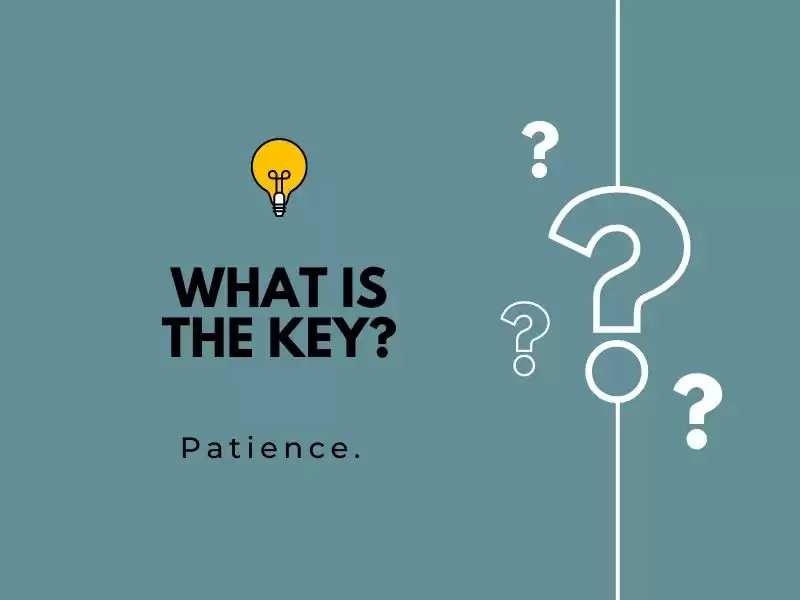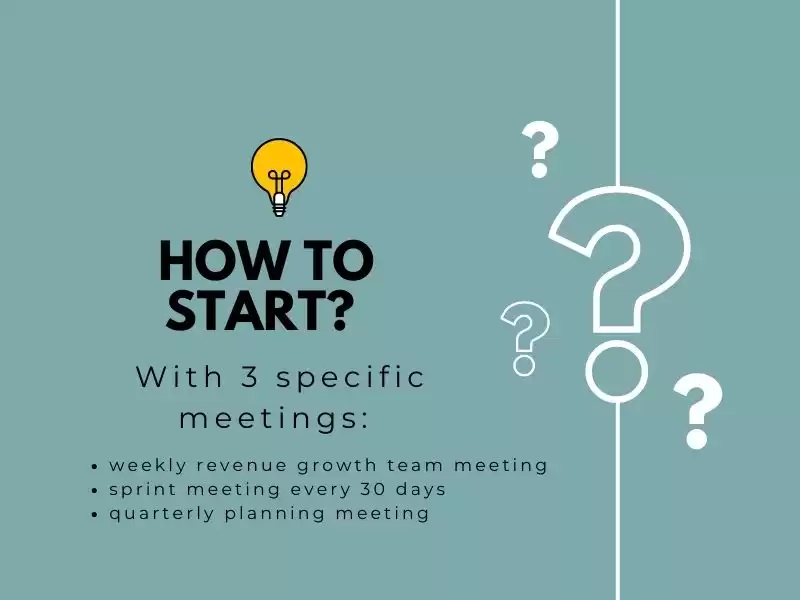
Revenue flywheel is not equally recommended for all organisations. Find out what you need to know if you want to transform your business. Which are the companies that "sail more smoothly" through these processes?
In the second part of the presentation of the theme of the 2023 season - the revenue flywheel, I continue with my thoughts - who is even suitable for it?
In the first article, I wrote about what it is and why most companies don't have it.
Not everything is for everyone!
If you want to know if this approach is a good fit for you and your business, read on to find out the signals within the organisation to pay attention to.
People are needed in every process, in everything we know and in everything that is of worth.
The two primary qualities of people in an organisation ripe for the development and implementation of such revenue growth platform are an open mind and goal orientation.
An open mind means that when you present such an idea to your people, you don't run into a wall and resistance, but openness in style - yes, I can see that this can help us, and I want to be a part of it.
Goal orientation means that you all agree as a team, as a company that you want to achieve a specific goal. It also requires a basic understanding that the goal must be quantified. If there is a mood in your team - we are not interested in targets or "it's like a noose around our necks", or "we've been doing it like this for 20 years, why should we change now?" - you are not exactly the best fit for this kind of transformation. And that's perfectly fine.
There are a million different jobs and a million different ways to run a business. The revenue flywheel is for people and companies who want to increase their income and do it in a smart, controlled and affordable way - it's not for everyone, and that's ok.
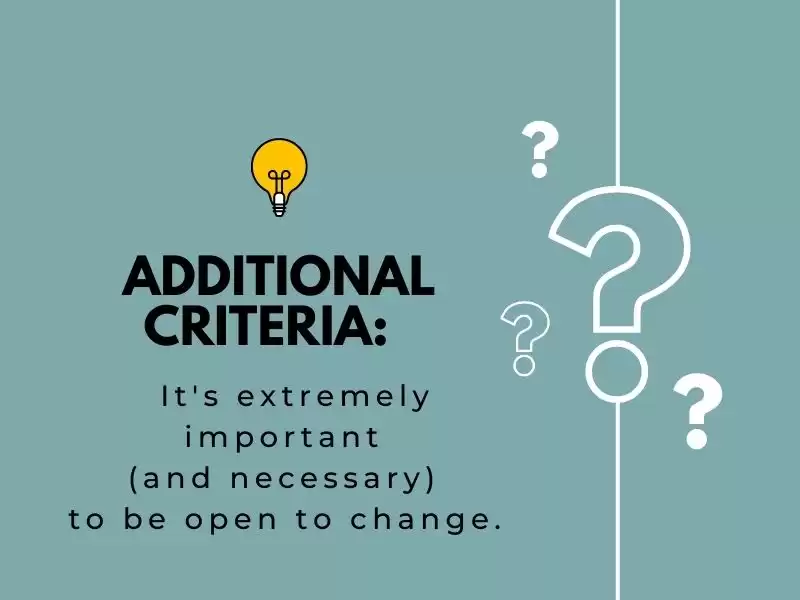
Also, there are additional criteria to consider…
Companies that generally "sail more smoothly" through such transformations are those that have developed a clear vision. They know where they want to go and what they specifically want to achieve, unlike companies that mainly operate by inertia.
The former understand that they need technology and are actively working to break their own resistance to it. A revenue flywheel implies technology; it's an integral part because the right technology platform helps the system function. Suppose your company shies away from introducing technologies and/or uses outdated technology and is not open to change. In that case, you are also not the best fit for introducing a revenue growth platform.
Change is often complicated, and in most situations, many companies have been doing things their way for many years, even though it doesn't necessarily bring them wanted results.
It's extremely important (and necessary) to be open to change.
Let's say you want to learn to play the guitar or golf; investing time, money and attention are required to acquire new skills and learn to use the instrument. And repetition to get better. Just watching YouTube videos won't make much progress or benefit you much.
It's the same in the case of introducing a revenue flywheel - you have to be committed to the process and ready to change patterns of behaviour and activities within your organisation.
If you do not meet these criteria, the revenue growth platform will not help you; in fact, there is a danger that it will harm you.
Patience is the key!
When you want to implement a (new) revenue growth platform in your organisation, it's important to be aware that your team needs time to adopt new activities and that they prove to be useful and lead you to the desired results.
So those who needed new leads yesterday are also not a good fit for this system.
The revenue flywheel is intended primarily for those who think: "ok, we've achieved revenues of 3 million. How are we going to get to 30 now? What can we offer customers additionally? And similar." - such organisations are ready to invest the necessary time and effort in developing and implementing the platform to achieve their goal, and such outstanding individuals will profit the most.
When you are clear about your vision and growing your business is your goal, then you need a revenue flywheel that will help you achieve that goal and grow to the desired scale.
Going from 3 to 30 million in revenue is significant growth, but what got you to the top three is unlikely to get you to 30 - so implementing a platform like this is an important first step towards that goal.
How to start?
If these first two articles in the new season resonate with you and have inspired you to start thinking about improving your business, continue reading because we will go through the first steps and details that need to be considered when implementing such a system in your own organisation.
There are six basic components to a typical revenue flywheel. To begin with, I will leave 4 aside because I wrote a lot about them during the last year: strategy, tactics, campaigns and analysis. What I didn't write about, and it refers to the remaining two components, are the things that happen in the backend, that is, behind the scenes.
The first of them is the processes.
Someone just starting out on the journey of setting up an revenue growth platform should have three specific meetings held regularly:
- one weekly revenue growth team meeting
- sprint meeting every 30 days
- and quarterly planning meeting
What do those three meetings mean?
The first meeting is a regular weekly meeting, lasting 60 - 90 minutes; always the same time, always the same place and always the same people. These are the people from sales, marketing and customer service (if any) because these are the people on the front line of generating revenue. It's a team for growth.
At that meeting, all topics related to weekly activities related to income are resolved, such as: planning marketing campaigns, closing sales, i.e. creating new customers, communicating with existing customers about a new offer or solving problems.
Based on these topics and information, weekly lists of priority tasks and activities and the so-called parking list (or waiting room, or whatever your team likes :)) are created.
The second sprint meeting is held every 30 days, lasting 60 minutes, where the same people also participate and review the parking list. From that parking list, they select a few (3, 4) of the most important activities that they will work on during the next month.
The last, and no less important, is the quarterly meeting, which is not only focused on revenue planning but on the entire business of the company. At these meetings, in addition to marketing and sales, finance and management also participate and jointly agree on the activities that will follow in the coming period and how they affect which of the mentioned business segments, what activities these departments should carry out, etc. Coordinating and harmonising marketing and sales activities with other business segments is the goal.
If you implement just those three meetings, you've already taken a tremendous and significant first step to establishing a revenue growth platform in your organisation.
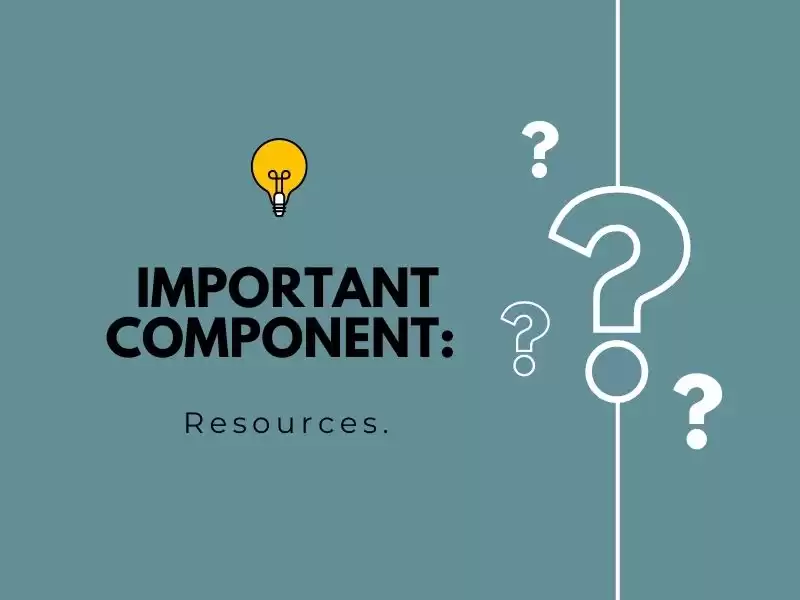
The second important component is resources. However, you're reading this, whatever business role you're in - you don't have an unlimited budget.
When we talk about the revenue flywheel, the first step is to be aware of the existence of budget limits for investment in resources, which most often come in three categories: internal resources, external agencies (PR, marketing agencies, web design agencies, etc.) and independent contractors.
Constantly balancing internal resources, contractors, and external agencies is another step to consider.
Allocating resources and adjusting each month to stay within budget while at the same time making optimal use of internal resources that are paid for anyway is another big pillar that needs to be put in place. Unfortunately, resource management is not something that is discussed strategically in most companies. Which doesn't make any (business) sense.
That resource aspect is very important in terms of the most common situation I encounter when working with companies where there is a lot of appetite for the things they want to do but minimal strategic approach to resource management, so they end up achieving only a small percentage of what they hoped to achieve and to implement.
There has to be some alignment between what you want to achieve and the resources you put into it. That would be a pretty big step in setting up an revenue flywheel. This is something that I will write more about in the following instalments.
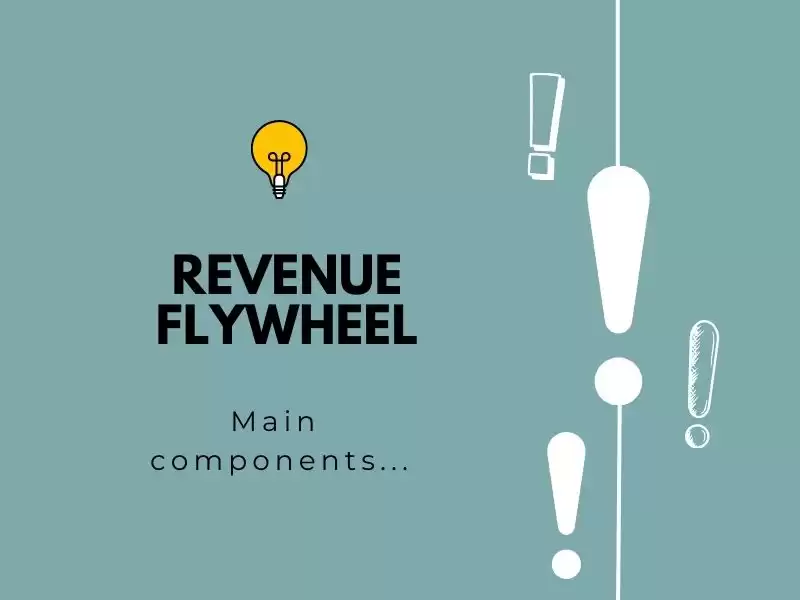
When we talk about the framework, the main components of the revenue growth platform, we are talking about these 6 units:
- Processes - weekly, monthly and quarterly meetings;
- Strategy - which story is told, to whom it is told and how it differs from other stories;
- Tactics - how to get that story across - website, email, social media;
- Campaigns - how to reach the right users;
- Data analysis - in campaigns to ensure that what you are doing is giving a positive return;
- Resource management - internal resources, external agencies, independent contractors and technology.
If a company is not 80% efficient in all six parts, it will have difficulty achieving revenue goals. Play around and evaluate your company - how efficient are you?
The whole season will be dedicated to this concept, and I will write about each part in more detail in the following instalments.
This series of articles can give you a completely different framework for thinking about revenue and offer effective tips for achieving your business goals. If that's something you want, see you in a month.
Categories of trends
- News
- Sale
- Marketing
- SEO
- Web design
- Social media
- Technology
- Regulations
- Management
- Education
- Finances
- User experience
Newsletter
Sign up for the newsletter and receive the latest trends and tips straight to your inbox
